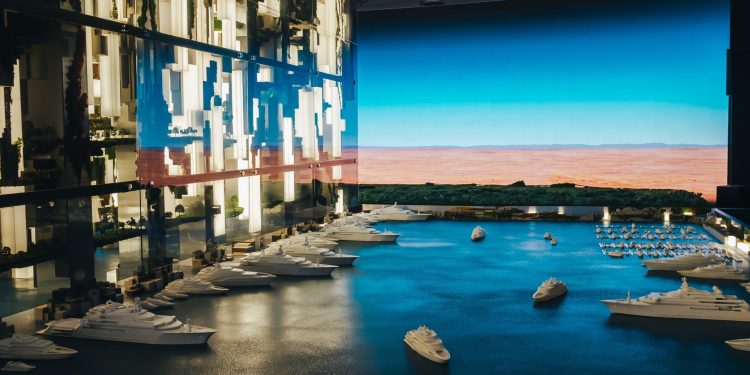Saudi Arabia is rapidly transforming its tourism sector, aiming to move beyond its traditional religious focus and emerge as a global destination for luxury, eco, and cultural tourism. This shift is central to the nation’s Vision 2030, which seeks to diversify the economy and reduce reliance on oil by positioning tourism as a key growth driver.
Major investments are underway, such as the NEOM megacity, the Red Sea Project, and initiatives in AlUla and Diriyah, all designed to attract high-end visitors and showcase Saudi heritage. Eco-tourism and adventure travel are also gaining ground, with projects like Soudah Peaks offering activities from hiking to wellness retreats. The country is expanding infrastructure, introducing streamlined visa processes, and launching new entertainment and cultural events to appeal to a broader audience.
Saudi Arabia’s strategy includes ambitious goals like drawing 150 million visitors by 2030. Efforts are supported by a network of government bodies, including the Ministry of Tourism, Saudi Tourism Authority, and Public Investment Fund, which collectively drive project development and international promotion.
Opportunities for foreign investors are significant, with incentives such as tax holidays and public-private partnerships. However, navigating the market requires understanding complex regulations, especially around religious tourism, land ownership, and licensing. Religious tourism remains tightly controlled, with restrictions on foreign operators and land purchases in holy cities, while other regions require long-term leases and substantial investment commitments.
Investors must also adapt to evolving legal frameworks and local employment policies, including quotas for hiring Saudi nationals. The rapid pace of sector expansion has created a skills gap, especially in hospitality and tourism services, leading many businesses to rely on international workers.
While challenges remain, Saudi Arabia’s drive to build a sustainable and diverse tourism industry presents broad opportunities across hospitality, infrastructure, culture, and technology. Strategic partnerships with local stakeholders and alignment with national objectives are essential for success in this dynamic environment.


